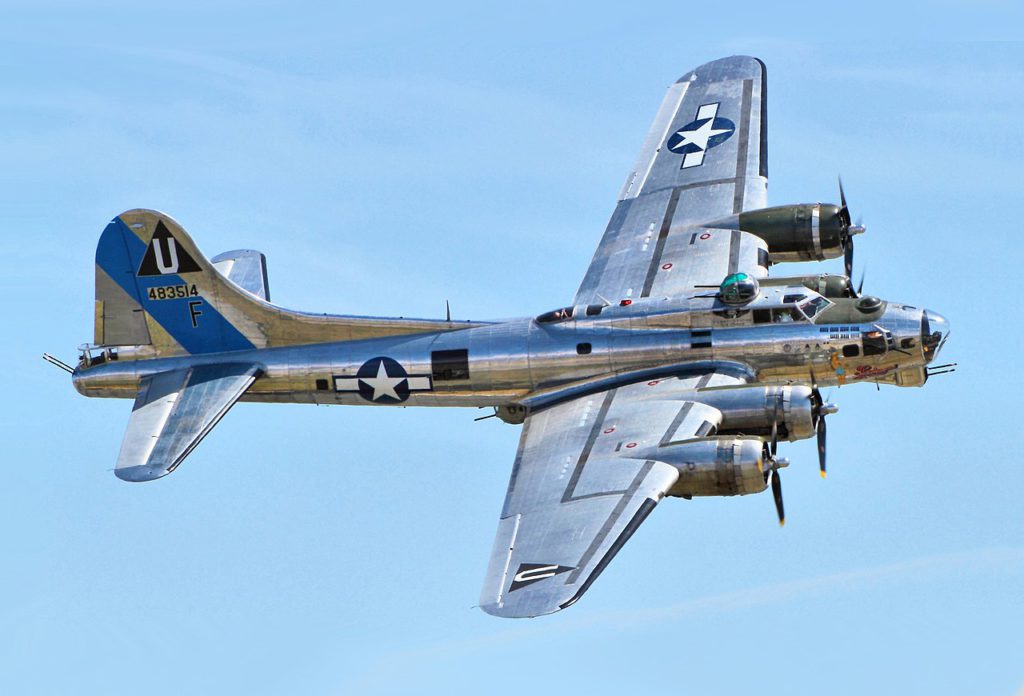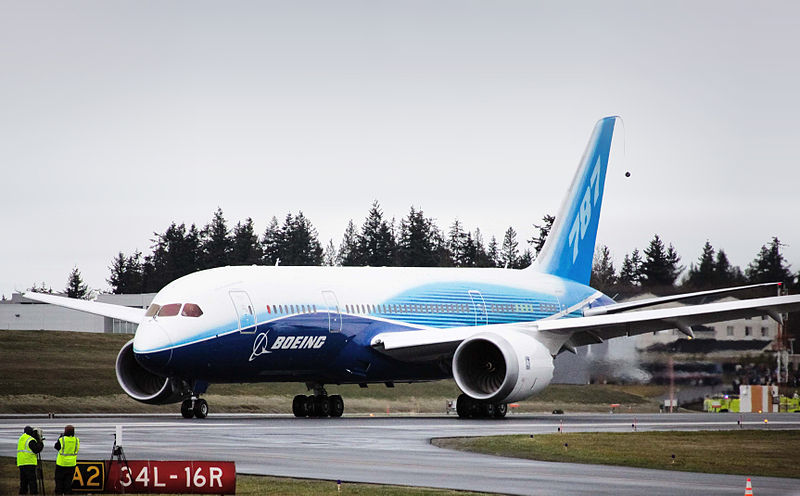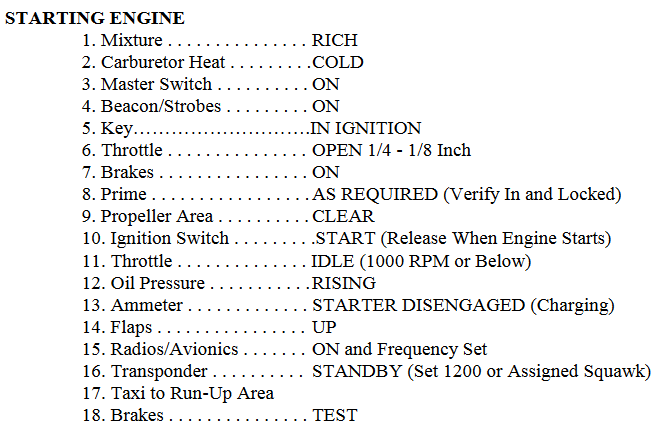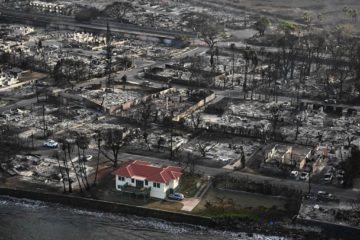Contents
In order to understand how checklists apply to your life for disaster preparedness and response, it may be helpful to appreciate them in a different context.
Boring Professionals
The word ‘checklist’ may, on its face, sound boring, procedural, and unimaginative. There are, however, situations where being boring is a lifesaver.
Imagine you are a passenger on an airliner. A few minutes prior to landing, the captain’s voice squelches on the intercom:
“Ladies and gentlemen, thank you for flying with us. Today we’ll be trying a new kind of landing. Fasten your seat belts, please.”
This will make you feel nervous and unsafe. This was not how you expected your routine flight to be.
We expect professionals to give us the same, reliable, consistent experience every time (boring?). This is true of pilots, doctors, plumbers, coffee shop employees, and other professions.
This is possible thanks to these professionals following defined protocols or checklists every time.
Checklists in Aviation

At the dawn of the powered aviation age starting in 1903, aircraft were simple, home-built, and slow. Pilots memorized the few procedures required to operate them.
As aircraft got larger, faster, and more complex, even the most experienced and competent pilots crashed their aircraft. These tragedies happened since pilots relied solely on retrieving overwhelming amounts of information from memory under stress.
Imagine needing to recall 45 items, in exact order, while your 4-engined aircraft is in trouble, at night, in bad weather. The burden placed on pilots under such difficult conditions became unbearable.
Although the aviation industry did not invent the checklist, they were certainly at the forefront when it came to formalizing its use.
One thing at a time. Here is an interesting article about aviation checklist inception.
By the mid 1930s, checklists began to be a mandatory requirement to be used by all aircraft operators. The checklist aided the pilot by:
- Recalling critical aircraft configuration steps
- Focus attention on the task or the problem on hand
- Re-focus the pilot following a distraction
- Help to overcome emotional stress during an emergency
- Standardize a response to potential aircraft system faults
- Enhance crew coordination for managing the aircraft
Humans Under Stress
A number of involuntary physiological responses occur when are confronted with sudden stress or shock. These include, but are not limited to:
- Muscles tightening
- Faster heart beat
- Increased blood pressure
- Tunnel vision
- Hyperventilation
While this is certainly not a complete list, any one of these symptoms can affect your ability to respond to a serious emergency.
Every person may react differently to the same situation. Consider some variables:
- Level of training or experience with a particular situation
- Cultural factors such as societal norms
- Ability to adapt to a dynamic environment
All of these factors are combined to produce a “fight or flight” response, meaning you will either confront the situation or distance yourself from it.
Under stress, having the right tool for the job, such as a checklist, empowers you to respond favorably.
Not Just for Emergencies
It may be easy to see the benefits for using checklists in an emergency, but their real wisdom comes when they are used routinely in order to prevent a crisis.
Pilots use aviation checklists to preform the same tasks repetitively, they know what to expect and more likely will notice when something is wrong. This has the added benefit of reducing crew workloads as well.

A modern airliner such as a Boeing 787 has roughly 2.3 million parts per plane. The entire maintenance operation uses checklists extensively to ensure that the aircraft is in proper working order long before takeoff. Although there are built-in system redundancies in all modern aircraft, utilizing checklists is still the gold standard to prevent accidents.
Structure & Content
A good checklist has the following characteristics:
- One step at a time
- Each step is clear, direct, and preferably short
- All steps are clearly ordered
- A set of steps can be grouped into a section
- Easy to read (clear spacing, text, and font)
- Relevant and focused to the task at hand
A ‘simple’ Cessna 152 engine starting checklist tells the pilot exactly what is needed to be done, and in what order.
A properly worded, structured, and formatted checklists removes guess-work from a task.
Conclusion
Whether in a professional or personal setting, a checklist contains procedural steps based on collective lessons learned.
People who are serious about preparing for disasters would be wise to document their lessons learned as well. Forming your own checklists will help to retrieve the details of those lessons on a moment’s notice.
Utilizing checklists, whether as a professional or for personal use, acknowledges that we are not infallible. All people’s ability to respond during a high-stress situation diminishes in some capacity due to emotions, physiological responses, over-stimulation, or other limiting factors.
No matter how prepared we think we are or how much training or education we have, documenting basic information in a clear and concise manner will serve us well during a disaster, emergency, and beyond.




0 Comments